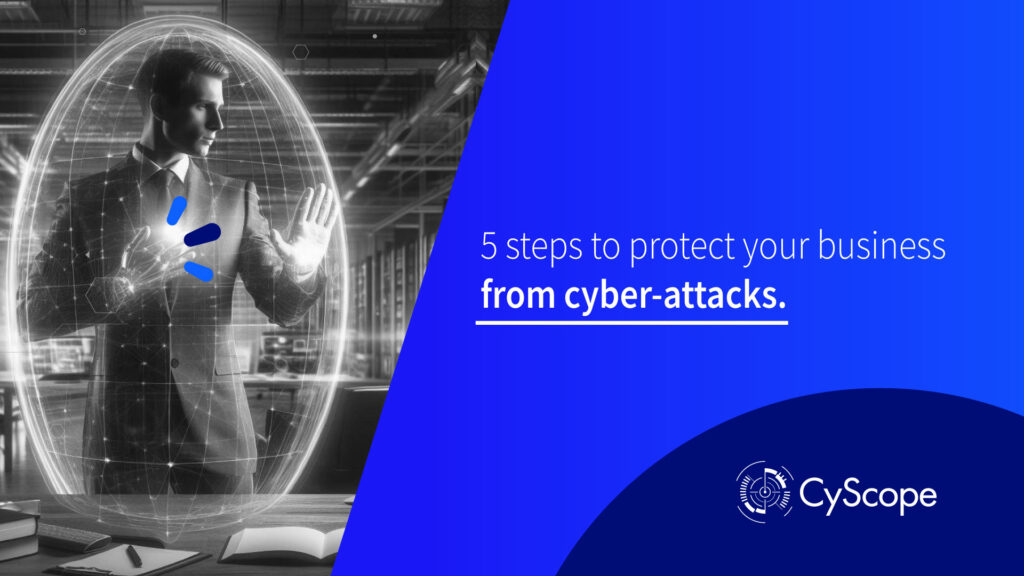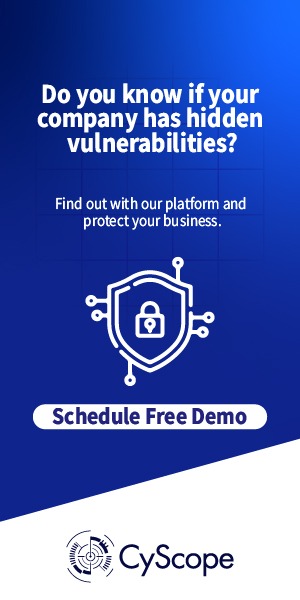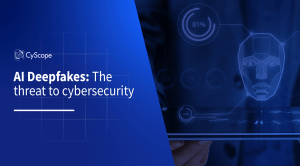In contemporary times, cyber-attacks have become a growing and intricate challenge that affects us all. With attackers becoming more sophisticated and threats spreading worldwide, relying solely on traditional solutions is no longer viable. It’s imperative for different countries and organizations to collaborate, engage in dialogue, and adopt a mindset of cooperation to tackle diverse threats effectively. Moreover, it’s crucial for all businesses, particularly small and medium-sized enterprises, to recognize the importance of strengthening their cyber defenses.
Consequences of cyber-attacks for companies, governments, and individuals.
It’s important to recognize that cyber-attacks not only impact small, medium, and large businesses but also have repercussions for individuals and governments worldwide. Below, we outline the most significant impacts:
Companies
Cyber-attacks can cause direct damage by blocking companies’ systems and halting production, leading to severe economic impacts. They can also result in data breaches with ransom demands from cybercriminals. Additionally, there is the risk of sensitive data loss crucial for daily business operations, resulting in substantial economic setbacks for system restoration and potential damages to third parties, leading to legal liabilities. Another critical aspect is the loss of reputation and brand image, which can have enduring effects on the trust of clients, suppliers, and the public.
Governments
Cyber-attacks against governments present a significantly greater challenge, as they can have serious national security, economic and social consequences. They can target critical infrastructure, compromise sensitive data of citizens and businesses, and disrupt essential government services. Worst of all, they have the capability to undermine international relations, compromise the confidentiality and integrity of governmental information. It’s important to note that cybercriminals also aim to undermine public trust in state institutions.
Individuals
For individuals, the consequences of cyber-attacks encompass identity theft, wherein criminals exploit their personal data to commit fraud or obtain products and services in the victim’s name. They may also experience unauthorized access to their bank accounts or social media profiles, leading to financial losses and reputational harm.
What types of cyber-attacks exist?
The most common types of cyber-attacks are:
- Malware: This refers to malicious software that includes viruses, worms, trojans, ransomware, spyware, and adware. These programs are designed solely to infiltrate and damage a device or system, steal data, or execute harmful actions without the user’s consent.
- Phishing: It is a deceptive tactic where attackers send messages (usually emails) that appear to be from trustworthy sources to induce recipients into divulging personal or financial information.
- Ransomware: This type of malware encrypts user files, rendering them inaccessible, and demands payment (ransom) to decrypt them.
- Social Engineering Attacks: These are methods used to deceive individuals into revealing confidential information or performing actions that can be harmful. This includes for instance pretexting, baiting, and tailgating.
- Man-in-the-Middle Attack (MitM): This occurs when attackers intercept communication between two parties (such as a user and a website) to eavesdrop, steal data, or manipulate the transaction.
Read also: Why is it important to protect a company’s digital assets?
5 steps to protect a company against potential cyber-attacks.
Step 1
- Identify and categorize your company’s information assets according to their significance and sensitivity.
- Conduct a risk assessment to identify potential vulnerabilities in your systems.
- Hire security experts to conduct a comprehensive audit, including a review of existing policies, procedures, and controls.
Step 2
- Develop and document precise security policies covering all aspects of information security.
- Establish specific procedures for managing security incidents, disaster recovery, and business continuity.
Step 3
- Implement training programs to educate your employees on best security practices, including phishing prevention and other threats.
- Conduct phishing attack simulations to keep staff awareness.
Step 4
- Regularly install and update security solutions such as antivirus, antimalware, and firewalls.
- Implement network security measures like network segmentation and VPNs for remote access.
Step 5
- Conduct regular security audits and vulnerability assessments to identify and address new vulnerabilities.
- Keep all systems and applications updated by applying security patches promptly.
- Regularly review and update your security policies and incident response procedures, considering new threats and emerging technologies.
Conclusion
In conclusion, cybersecurity is not merely a matter of technology; it stands as a global imperative for survival in today’s digital realm. Cyber threats are ubiquitous and rapidly evolving, often catching us off guard, necessitating us to stay one step ahead. Collaboration among nations, ongoing education, and the implementation of robust security strategies are paramount to safeguarding our future.
In this ever-changing digital landscape, adaptation and evolution are key. Complacency is a luxury we cannot afford. Hence, at CyScope, we understand the pressing digital challenges faced by businesses today. Our operational model aids in preempting cyber-attacks by offering continuous penetration testing supported by an advanced digital platform to enhance internal operational efficiency. Contact us today and request a DEMO to experience firsthand the efficacy of our strategies.





